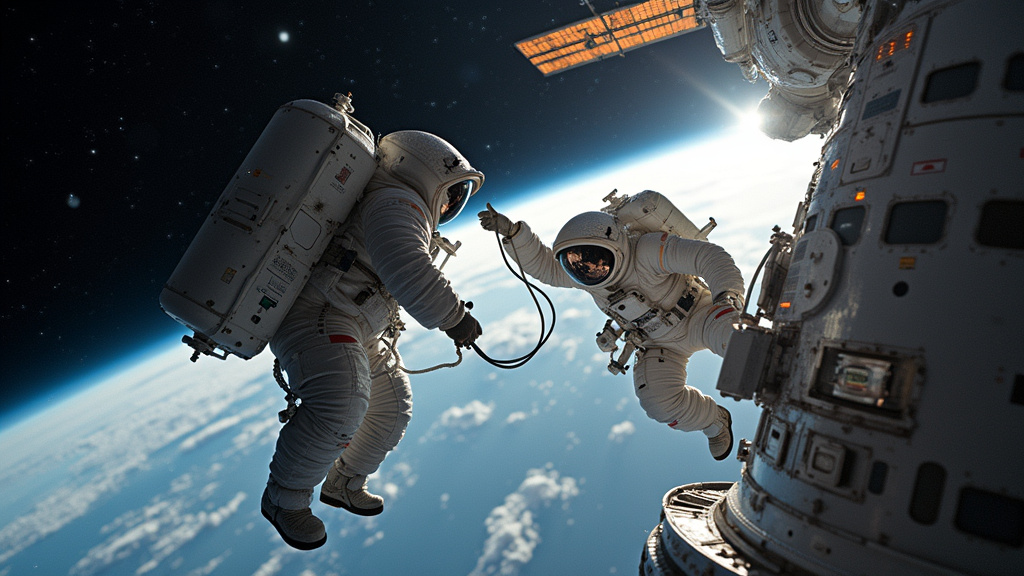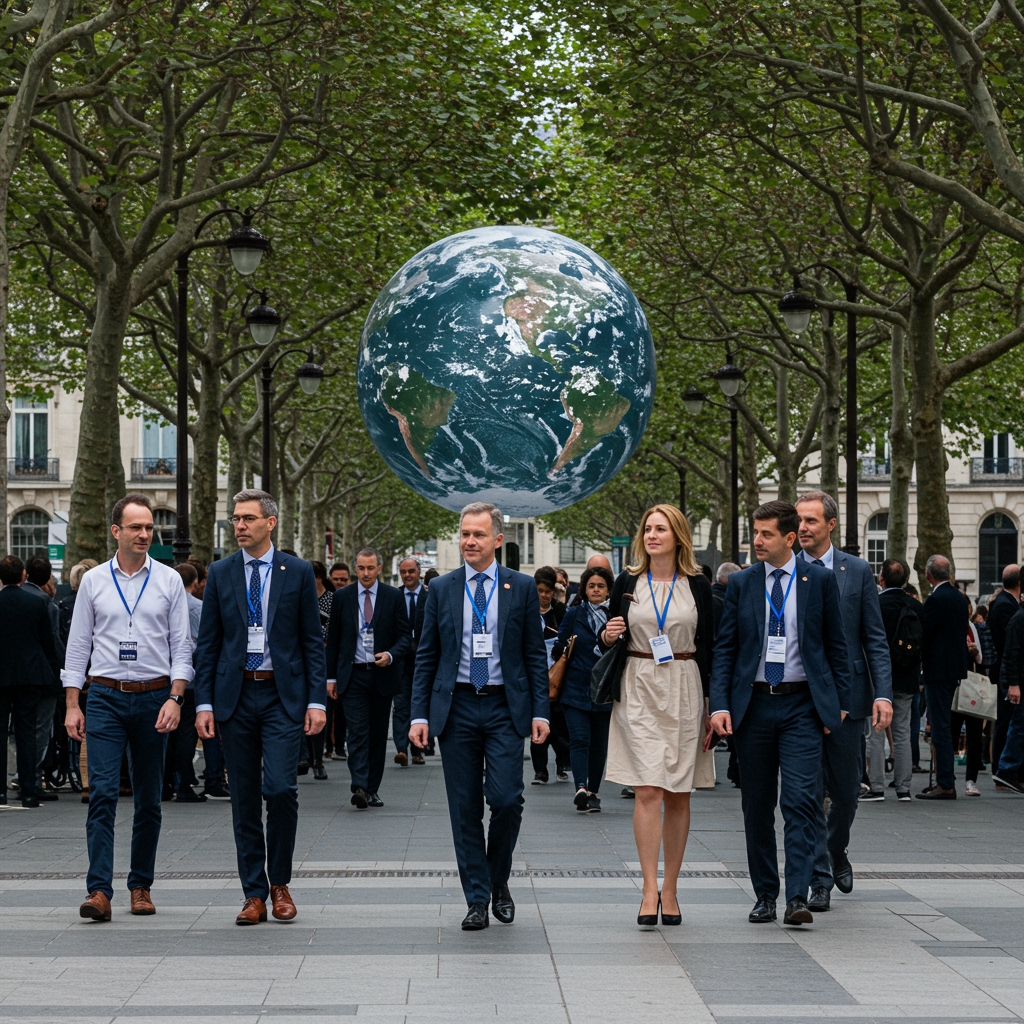The final weeks of September 2025 are set to deliver a double dose of celestial wonder, with a partial solar eclipse gracing the skies of the Southern Hemisphere and an increased potential for vibrant aurora displays in higher latitudes, coinciding with the fall equinox. This period promises to be a highlight among the year’s major global events for sky-gazers.
Southern Skies Illuminate with Partial Solar Eclipse
On Sunday, September 21, 2025, a partial solar eclipse will occur, offering a unique spectacle primarily to viewers in the Southern Hemisphere. While the UTC date marks September 21, residents of New Zealand will witness the event at sunrise on September 22. This celestial event is visible across much of Oceania and Antarctica, with areas like the southernmost parts of New Zealand and Stewart Island potentially seeing up to 80% of the Sun obscured by the Moon’s shadow. This partial solar eclipse marks the last eclipse of 2025, following a significant total lunar eclipse, often called a Blood Moon, on September 7. For safe viewing, it is crucial to use certified solar viewing glasses or filters, as regular sunglasses offer no protection against the Sun’s intense rays.
The Equinox Effect: A Boost for Aurora Borealis
Coinciding with the eclipse, the fall equinox arrives on Monday, September 22, 2025, at precisely 2:19 p.m. EDT. This astronomical event signifies the end of summer and the beginning of autumn in the Northern Hemisphere, while ushering in spring for the Southern Hemisphere. It’s characterized by nearly equal hours of daylight and darkness worldwide. Beyond marking the seasonal shift, the equinox plays a crucial role in enhancing geomagnetic activity, making it a prime time for aurora sightings.
Scientists attribute this phenomenon to the Russell-McPherron effect. During the equinoxes, Earth’s axial tilt positions its magnetic field in a way that allows for a more efficient connection with the magnetic field carried by the solar wind from the Sun. This alignment, particularly when the Sun’s magnetic field’s north-south component (Bz) is opposite to Earth’s, creates openings in Earth’s magnetosphere. These openings allow more charged solar particles to stream into the atmosphere, interacting with gases like oxygen and nitrogen to produce the mesmerizing auroral light shows.
Forecasted Geomagnetic Storm Promises Aurora Potential
Adding to the excitement, forecasters at the National Oceanic and Atmospheric Administration (NOAA) are predicting a G1-rated geomagnetic storm around the time of the equinox, specifically for Sunday, September 21. While a G1 storm is considered minor, it is strong enough to significantly increase the chances of visible auroras. This increased aurora activity could potentially be seen in up to 14 U.S. states, with forecasts indicating visibility in northern regions of Washington, Montana, North Dakota, Minnesota, Wisconsin, Michigan, and Maine, among others. For the best viewing experience, observers are advised to seek out locations away from city lights, with clear skies and an unobstructed view towards the north. The most active displays are typically seen between 10 p.m. and 2 a.m. local time.
A Notable Year for Astronomical Events
The celestial phenomena of late September are part of a particularly active year for astronomical events. 2025 has already featured significant occurrences such as the total lunar eclipse on September 7. The proximity of these distinct astronomical events underscores the dynamic nature of our solar system and provides ample opportunity for both scientific study and public fascination. Such space events are often trending topics, capturing global interest.
Conclusion: A Weekend of Cosmic Wonders
As the Earth transitions into autumn, the skies are set to offer a captivating blend of solar and auroral displays. From the partial solar eclipse visible in the Southern Hemisphere to the potential for vibrant Northern Lights dancing across the night sky in the north, September 22, 2025, and the surrounding days promise a memorable period for anyone looking upward. These major space events offer a chance to connect with the cosmos and witness the universe’s grand performances.





